Description
WHAT IS SSD(SOLID STATE DRIVE)?
A solid-state drive (SSD) (also known as a solid-state disk. though it contains no actual disk, nor a drive motor to spin a disk) is adata storage device that uses integrated circuit assemblies as memory to store data persistently. SSD technology uses electronic interfaces compatible with traditional block input/output (I/O) hard disk drives, thus permitting simple replacement in common applications. Additionally, new I/O interfaces, like SATA Express, have been designed to address specific requirements of the SSD technology. SSDs have no moving (mechanical) components. This distinguishes them from traditional electromechanical magnetic disks such as hard disk drives (HDDs) or floppy disks, which contain spinning disks and movable read/write heads. Compared with electromechanical disks, SSDs are typically more resistant to physical shock, run silently, have lower access time, and less latency.
SSD Vs HDD COMPARISON
| Attribute | SSD (Solid State Drive) | HDD (Hard Disk Drive) |
| Power Draw / Battery Life | More power draw, averages 6 – 7 watts and therefore uses more battery | |
| Cost | Expensive, roughly $0.10 per gigabyte (based on buying a 1TB drive) | |
| Capacity | Typically not larger than 1TB for notebook size drives; 1TB max for desktops | |
| Operating System Boot Time | Around 30-40 seconds average bootup time | |
| Noise | Audible clicks and spinning can be heard | |
| Vibration | The spinning of the platters can sometimes result in vibration | |
| Heat Produced | HDD doesn’t produce much heat, but it will have a measurable amount more heat than an SSD due to moving parts and higher power draw | |
| Failure Rate | Mean time between failure rate of 1.5 million hours | |
| File Copy / Write Speed | The range can be anywhere from 50 – 120MB / s | |
| Encryption | Full Disk Encryption (FDE) |
|
| File Opening Speed | Slower than SSD | |
| Magnetism Affected? | Magnets can erase data |




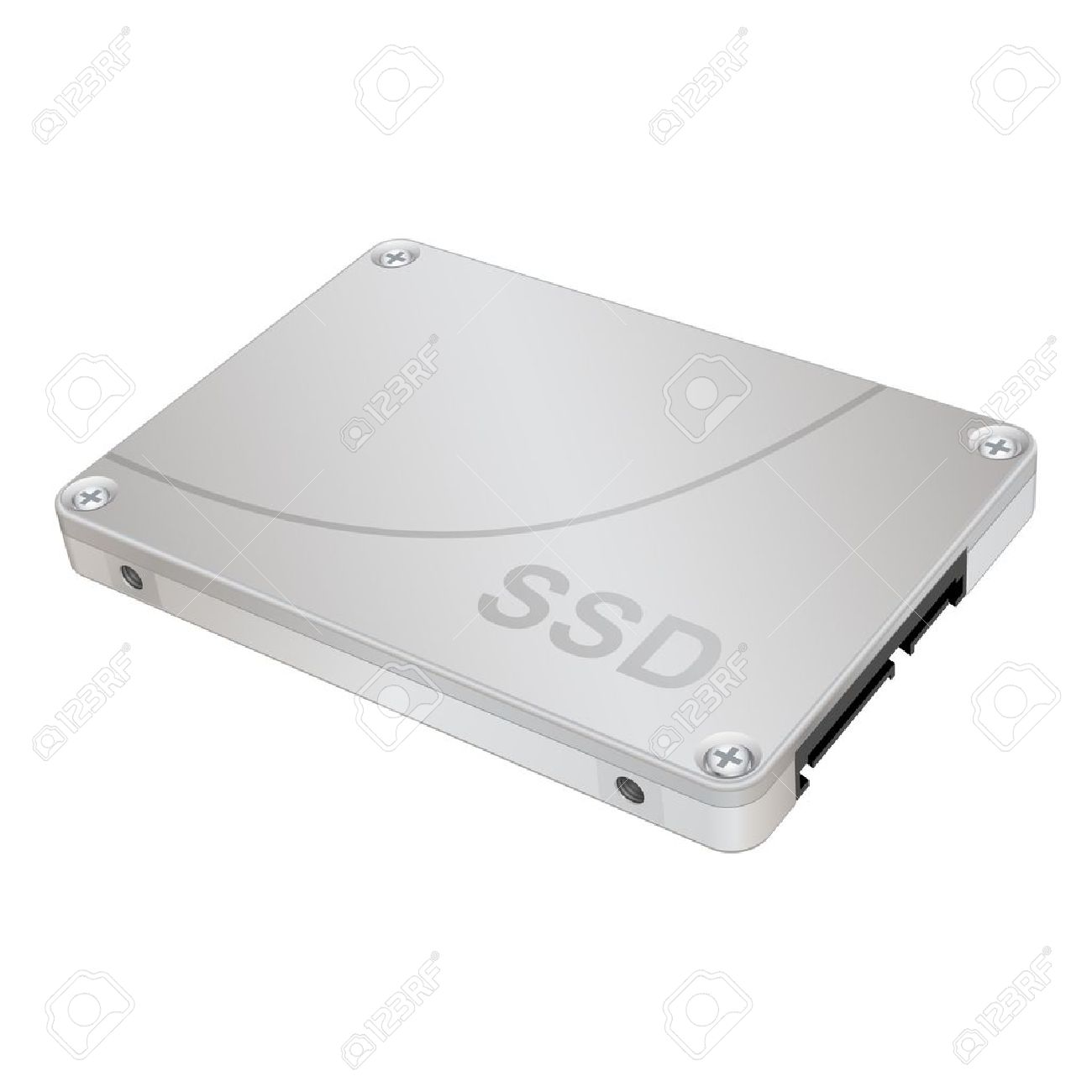
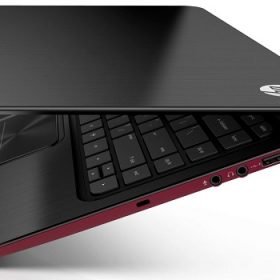
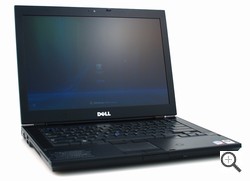
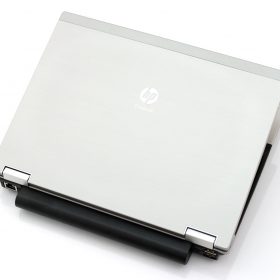
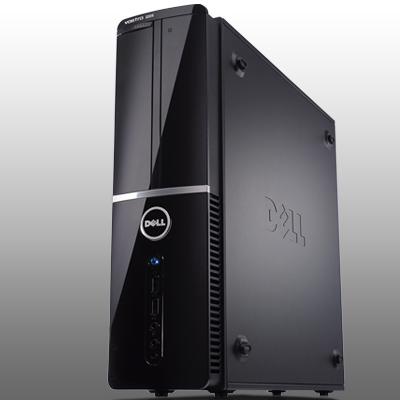
Samsung Phones –
Thanks , I have recently been looking for info about this subject for ages and yours is the greatest I’ve found out so far. But, what in regards to the bottom line? Are you sure in regards to the source?
https://youmobile.com.pk/brands/2/Samsung-mobile-prices-in-Pakistan/